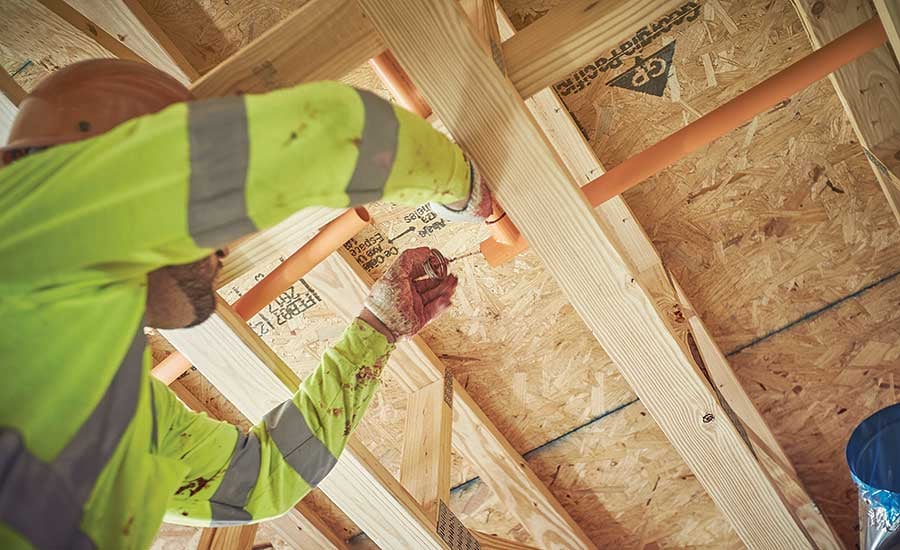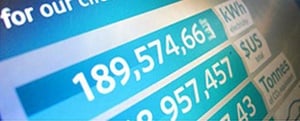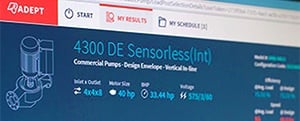As Seen on pmengineer.com – May 23, 2018

With the 2018 NFPA Expo right around the corner — set for June 11-14 at the Mandalay Bay Convention Center in Las Vegas, Nevada — fire-protection product manufacturers are thinking next-level.
“We definitely have tried to get back to that innovation mindset,” Lubrizol National Strategic Accounts Manager Anthony Spencer says. “For awhile we stagnated and allowed CPVC pipe to just stay where it was.”
Spencer notes two years ago Lubrizol went on the road to get the “voice of the customer” and see what the company could take back for research and development.
“When we look at innovation with CPVC, we get a lot questions of where it can and can’t be used, particularly due to corrosion issues with metalics,” Spencer says. “We see more of a trend to get into schools, offices and other commercial applications. In the next year to 18 months, we expect more innovations to get us into those markets.”
Spencer notes Lubrizol recently received a UL listing for its BlazeMaster CPVC pipe, allowing it to be embedded in concrete.
“This brings more validity to the application,” he says. “This does not necessarily change where the product can or can’t be used, but it does open more design parameters for engineers. They now can think more outside the box.”
Providing variety
Armstrong Fluid Technology has started to emphasize its variable-speed pump expertise to the fire-protection market. Armstrong Product Marketing Manager Stephen Baird states the technology has been around more than a decade, but clients have yet to fully jump on board.
“It is (new), but it isn’t too new,” he says. “Variable-speed fire-pump controllers have been around for about 15 years now and are available, but not a lot of people are taking advantage of it.”
Baird believes the reason for slow adoption of variable-speed pumps for fire protection is because industry members like to stay with tried-and-true solutions. Cost also has been a hindrance.
He also says the demand for new technology and products continues to stem from growth in the cities and elsewhere.
“You keep seeing taller, larger buildings,” he says. “You are seeing more and more demand for high-pressure pumps for those high-rises and at the same time you’re seeing larger warehouses, which require larger flows.”
Code compliance
Armstrong Fluid Technology is excited about a vote that will happen during the NFPA Expo. The company worked with the NFPA 20 committee to modify a version of HVAC pumps featuring a drive mounted directly on the pump. If approved by vote during the event, the code will be changed for the 2019 edition.
“It is being called a self-regulating, variable-speed fire pump unit,” Baird states. “Essentially the concept is you’re approving a pump with low-end drive and bypass as a single unit.”
Seth Larson, a fire-protection product manager with Viega, says growth in the fire- protection markets can be seen in regions with significant codes and regulations.
“There are hotspots based on local legislation. Maryland and California, Washington, D.C.,” he says. “We are seeing hotspots in mountain communities such as Colorado and Wyoming because fire protection is important.”
He also sees the multifamily market as one with potential growth, particularly with Viega’s PurePEX. Larson says PurePEX’s short installation times “is attractive for design-build engineers.”
“It’s not a new system,” Larson notes. “But, it is a bracket that doesn’t require much measurement and it can be quickly installed. PEX is growing because there are not many elbows needed. That’s a continued trend.”
Costs for PEX fire-protection products still is on the higher end of the spectrum, according to Larson, but getting the message out will help win some battles.
“As the knowledge grows, the cost will become less important,” he says. “Commercial design has static codes so consumers become more visible and important.”
Zeke Bochenek, the vice president of sales at Metraflex, notes its seismic expansion joints for fire-protection systems continue to have a major presence in the volatile seismic regions such as California, Oregon and the state of Washington. But, he explains other regions such as Myrtle Beach and Charleston, S.C., are making sure their codes and standards are thinking about seismic activity.
“St, Louis, Missouri, too,” he states. “We are working with engineers, designers and developers in those markets and adding pipe sizes, too.”
The big stage
Armstrong Fluid Technology is looking forward to receiving feedback from its customers and the industry at the NFPA Expo in June. Beyond that, the show is the best chance to get everyone together and work toward the next major development.
“It’s a great time to talk with all those guys and you can pull multiple people together to discuss business,” Baird says.
Lubrizol’s Spencer adds: “It’s one of our key shows. You know you get the key personnel out there whether it’s our customers, engineers or the NFPA committee level. The mindset is to go out there with the most knowledgeable people and see what are the trends, new technologies and more. We get the best feedback from the NFPA Expo show.”



